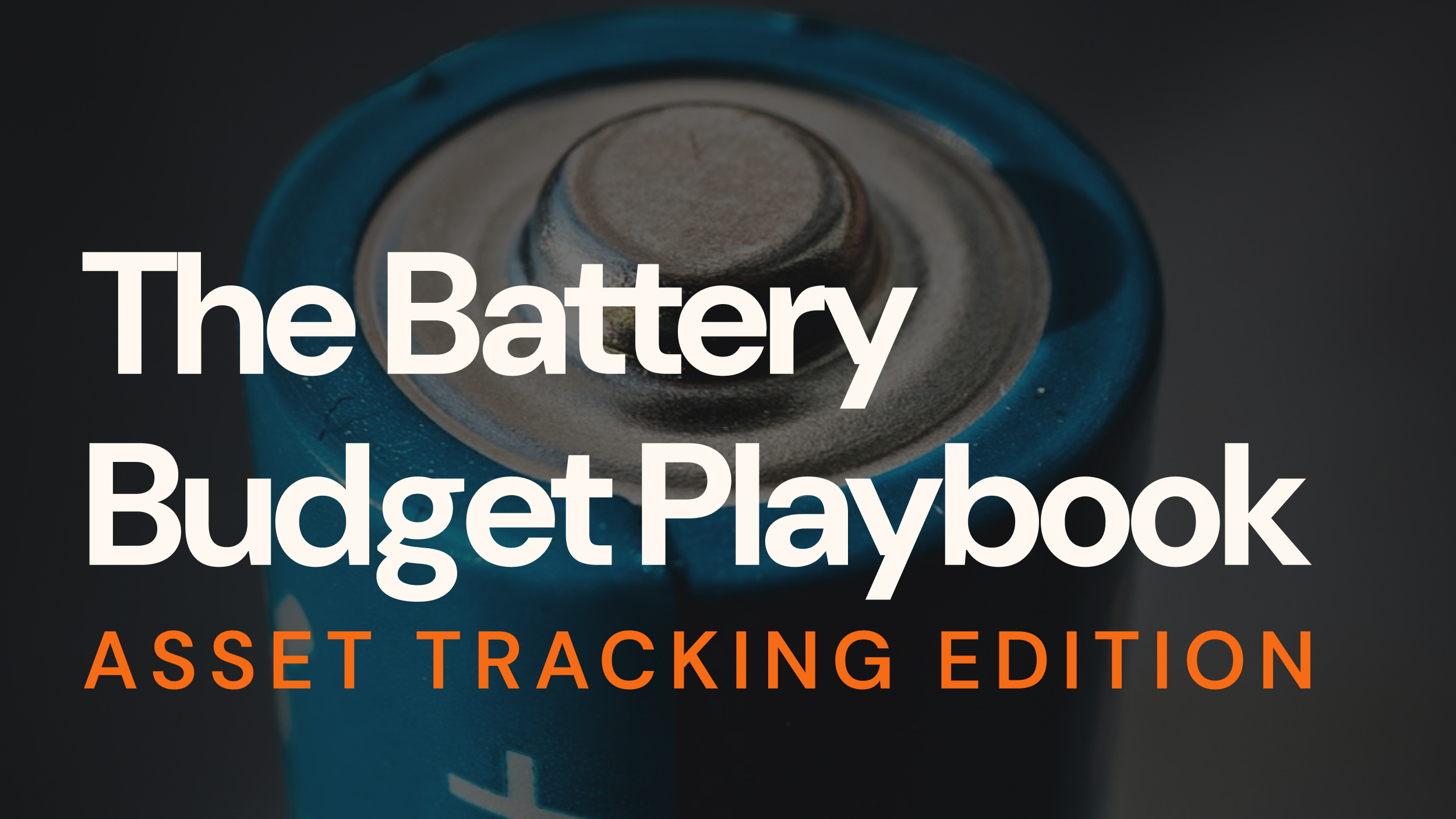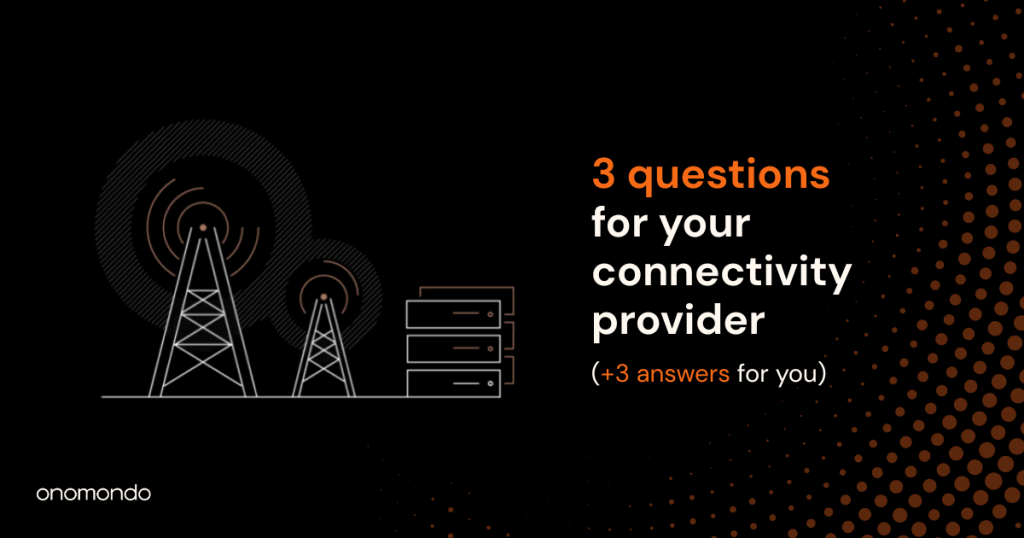With IoT for fleet management, fleet managers can boost their fleet’s visibility, manageability, and efficiency, enabling them to improve performance, driver operation, cargo monitoring, and predictive fleet maintenance – all while helping lower costs. Read on to learn more about how IoT drives the future of fleet management.
What is fleet management?
Fleet management is the organization and coordination of commercial motor vehicles such as cars, vans, trucks, mobile construction vehicles, ships, and aircraft. Fleet managers are responsible for managing and overseeing such vehicles for performance, maintenance, and fleet location tracking purposes.
In many ways, IoT-enabled telematics drives the future of fleet management – much like it does the future of technology in the automotive industry. IoT software solutions are used to collect, store, and analyze data. They allow fleet management to connect vehicles and capture a wide range of data that enables fleet owners and managers to evaluate and improve areas such as driver operation, vehicle maintenance, route optimization, and cargo management.
How does a fleet management system work?
A fleet management system consists of many different components. Here are some of the main parts:
- Software: A fleet management system uses software to collect information about the fleet in one place. The software acts as a database that keeps track of elements such as expenses, fuel consumption, dispatching drivers, driver behavior, compliance tasks, and sending updates to customers.
- Fleet tracking: The system uses GPS tracking to monitor assets such as workers, vehicles, and equipment. The GPS tracking system collects data in real-time via telematics, allowing managers to know e.g. where a vehicle is located when it is returning, and which other vehicles to dispatch.
- Telematics: Telematics sends, receives, and collects enormous data from sensors and devices, enabling machine-to-machine
(M2M) communication, tracking, monitoring, and remote management for vehicles and other mobile assets. - Maintenance tracking: Maintenance software uses the system’s GPS fleet tracking to track mileage, engine hours, and fuel consumption to alert fleet managers when a vehicle is due for servicing or repairs.
- Security and safety: An IoT security solution for fleet management can include an encryption policy, identity and access management, security validation, and driver identification. Safety features use telematics and GPS tracking to anticipate potential accidents, detect dangerous driving patterns, and enable intervention from the fleet manager.
Advantages of fleet management software
There are many advantages to IoT-based fleet management. Some of these include:
Better monitoring and maintenance
The latest IoT-enabled telematics solutions can help fleet managers capture data across a diverse fleet of vehicle types and models. This can vastly improve fleet managers’ ability to:
- Monitor drivers, vehicle usage, and maintenance needs,
- See more accurate passenger counts for passenger-load vehicle fleets, and
- Maintain ticketing and surveillance systems inside vehicles.
Improved visibility and asset security
IoT in fleet monitoring offers improved vehicle visibility, including assets such as:
- In-vehicle and edge-based solutions for improved visibility inside and around the vehicle,
- Improved monitoring of cargo conditions during transit, and
- Video surveillance feeds can be stored for training purposes or in case of an accident or litigation.
Increased savings and reduced maintenance and repair costs
Maintenance is often one of the greatest expenses in fleet management. This makes IoT-enabled telematics an even more valuable asset. Allowing management to predict maintenance needs, IoT facilitates:
- Repairs and replacements before the issue become too costly,
- Increased savings through cargo utilization management, and
- Decreased idle time and reduced fuel costs through route optimization.
Improved visibility and asset security also mean that managers can see a decrease in accidents and theft. This can further reduce costs surrounding vehicle repairs and downtime.
Who benefits from IoT in fleet management?
Drivers and fleet managers are not alone in benefiting from the advantages of fleet management systems. In fact, IoT-enabled telematics benefits a variety of stakeholders beyond traditional fleet management, including:
- Advertisers: IoT enables infotainment systems in commercial vehicles to display upcoming destinations and recommend relevant products.
- Insurance companies: As mentioned above, the increased visibility and asset security that IoT-enabled telematics offers can cause a decrease in accidents and theft – and this means that insurance companies pay out fewer claims. Using telematics data also enables insurers to create more thorough case summaries for their underwriters.
- Passengers: IoT-enabled telematics solutions such as Wi-Fi service, passenger information, touchless ticketing, and video surveillance can vastly improve the passenger experience in public transportation systems. Fleet route optimization can also help make passenger journeys smoother.
- Service shops and mechanics: Maintenance prediction makes it possible to determine when in-vehicle parts, such as handles or seats, need repair or replacement. This makes the work of mechanics and service shops much more efficient.
Fleet management connectivity and insights with Onomondo
Because of struggles with interoperability between vehicles, IoT devices, and platforms, the need for cross-border solutions, and the mobile nature of fleets, IoT for fleets is no simple task.
Onomondo helps take away layers of complexity by offering plug-and-play global connectivity and insights. We can do this thanks to our unique core network with integration to over 700 radio access networks (RANs) globally and plug-and-play IoT SIMs with no custom code and one global profile.
Real-time visibility of global fleets.
Our deep integration with RANs means users have on-demand data. Signaling, network, and traffic logs are available in our platform or via API, speeding up development and reducing time spent troubleshooting.
Our API-first mentality makes it easier to scale solutions – tap into our API and webhooks to turbo-charge fleet management and workshop platforms with real-time data.
Pay for data when devices create value.
With Onomondo, you can activate SIMs during manufacture and pay only when data is transmitted. In addition, PAYG data and one APN mean it’s easy to test vehicle connectivity before shipping to end-users without worrying about usage forecasting.
Allowing vehicles to sit in dealerships or garages and not be charged for data reduces complexity for fleet managers. You spend no time manually searching for SIMs to deactivate to minimize costs. This more straightforward, streamlined approach is impossible with most Mobile Virtual Network Operators (MVNOs) who lock devices into data subscriptions or charge extra for SIM activation/deactivation workarounds.
Develop, deploy, and operate all on one platform.
Testing connectivity on new IoT devices in the lab can be like looking for bugs while wearing a blindfold.
Onomondo makes it possible for devs to get complete insights into packets and signaling happening between devices, the network, and the Cloud – instantly and globally.
Looking post-development, you minimize the chance of unexpected problems when you test, deploy and operate IoT solutions on the same network. Something that fleet managers appreciate when working with global fleets.
Contact us today to learn more about how our platform can create value for your business.






